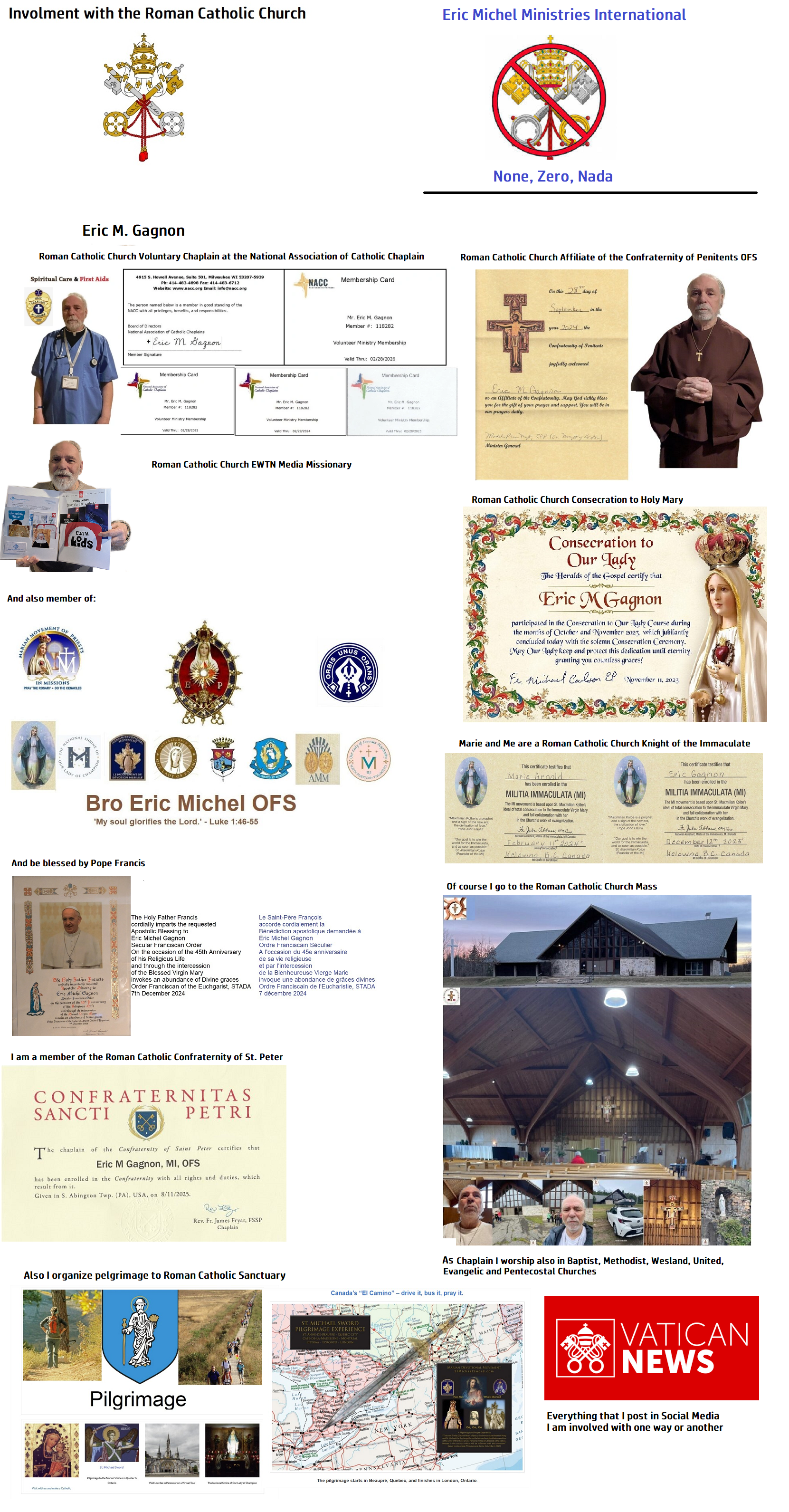Dear Brothers,
Again, as you may have noticed, I am not as often on Facebook as usual, as I am very busy with administrative tasks. I am working to establish a partnership with a church corporation in Africa. From email letters to email responses, they require a lot of information and request even more.
Last Sunday, I participated in a virtual global online celebration of the Jubilee with the Roman Catholic Church, during the month I was working with the Africa Network BFTF. Worked on the profile at the National Association of Ministers. I have a multitude of invitations that I couldn’t attend because there are so many.
Additionally, on the website’s auxiliary pages, I added the “[Belief of New Life Catholic Ministry](https://franciscanseucharist.ca/belief-of-new-life…/)” page and the Tithe “[https://franciscanseucharist.ca/tithe](https://franciscanseucharist.ca/tithe)” page, which should be of interest to everyone.
Additionally, I worked on our Structure (https://www.facebook.com/media/set/…), where the organogram I created not long ago didn’t match what we have on file. So I redo it correctly and adequately. You will notice that it has names that say ‘not official.’ That is because I didn’t receive the documents that Monsignor Celestin requested a few weeks ago. I need those documents to proceed with our organization and partnership with a third party. Please be obliged to send all documents to our Superintendent Bishop Celestin, who will send a copy to me.
Brother Eric













